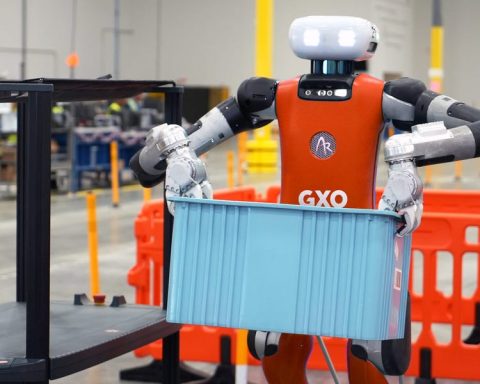SpaceX’s Starship spun out of control and fell out of contact just as it reached space on Thursday. Initially, the mission aimed to deploy mock Starlink satellites and test its structural limits during reentry. However, as events unfolded, the FAA grounded flights in southern Florida due to the risk of debris falling from space.
The spacecraft lost control and began spinning uncontrollably at approximately 20 seconds before it was supposed to cut off its engines, a milestone it has achieved successfully in previous flights. SpaceX confirmed the incident on X, employing its signature euphemism: “a rapid unscheduled disassembly,” indicating that the vehicle likely rained debris down along its designated flight path.
In response, the Federal Aviation Administration closed airspace over southern Florida, issuing a ground stop at airports in Miami, Fort Lauderdale, and Palm Beach. According to the FAA website, the incident resulted in delays not just in Florida, but also at Philadelphia and Newark airports.
Despite this setback, Starship has demonstrated remarkable capabilities in past missions. It successfully flew to space, landed in the ocean with its engines firing, and saw its Super Heavy booster return to Earth, where it skillfully lowered itself onto a landing tower using chopstick-like arms.
Although Starship shows potential to significantly reduce the cost of spaceflight, achieving that goal hinges on SpaceX’s ability to keep the spacecraft intact during its complex missions.
A screengrab from a SpaceX livestream shows Starship sitting atop its Super Heavy booster on the launchpad.









